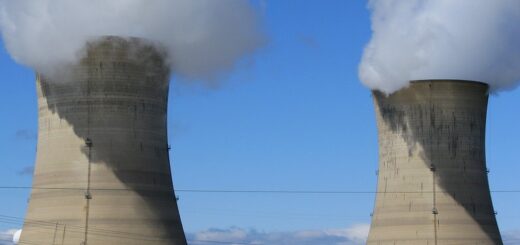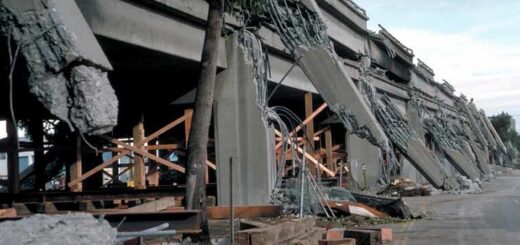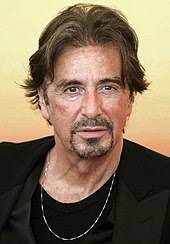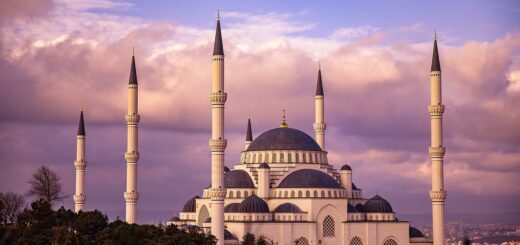Tiananmen Square, China, massacre – June 1989
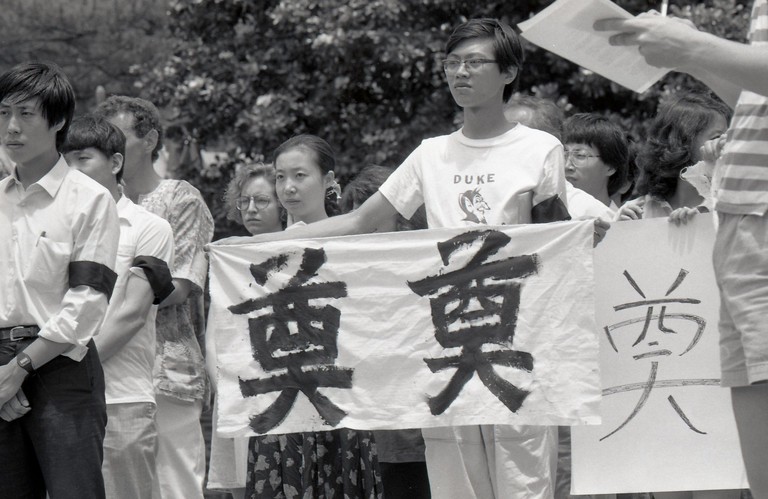
Tiananmen Square, meaning “Gate of Heavenly Peace” refers to a cluster of ancient buildings plus a massive square in the heart of Beijing. The former is a museum dealing with events from China’s past, the latter is an important site ever since 1949 when communist revolutionaries became the government of China. The Tiananmen Square protests of 1989 were a series of demonstrations in Beijing, China, that took place in and around Tiananmen Square. The protests were led by students, intellectuals, and other groups advocating for political reform, freedom of speech, and other democratic principles. The movement gained momentum in the spring of 1989, attracting widespread support from various segments of society.
The Chinese government, under the leadership of the Chinese Communist Party, declared martial law and eventually decided to forcefully suppress the protests. On June 3-4, 1989, the Chinese government deployed the military to clear Tiananmen Square of protesters. The exact number of casualties remains unclear, but it is widely believed that hundreds, if not thousands, of people were killed.
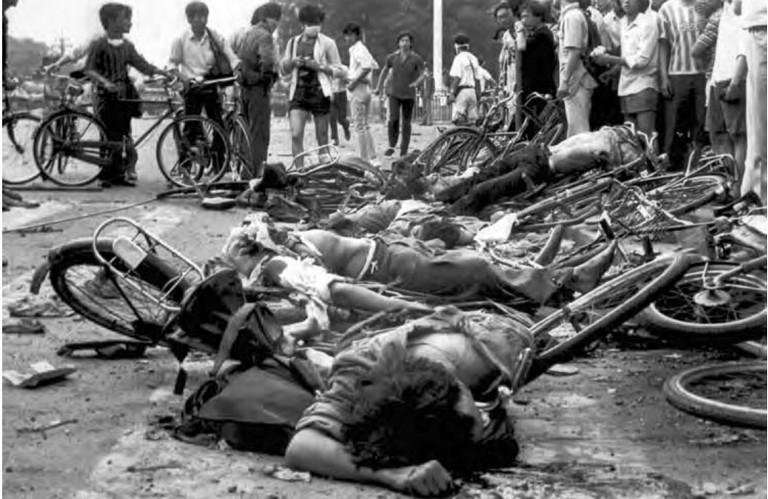
The Chinese government has never released an official death toll or provided a full and transparent account of the events. The government considers the protests a “counter-revolutionary riot,” and discussion or commemoration of the Tiananmen Square protests is strictly censored in China. The incident remains a sensitive and taboo topic in Chinese politics and society.
The image of a lone protester standing in front of a column of tanks in Tiananmen Square, captured in a widely circulated photograph, has become an iconic symbol of the pro-democracy movement and the events of 1989. The international community has, over the years, called for a reassessment of the events, greater political openness in China, and respect for human rights.


